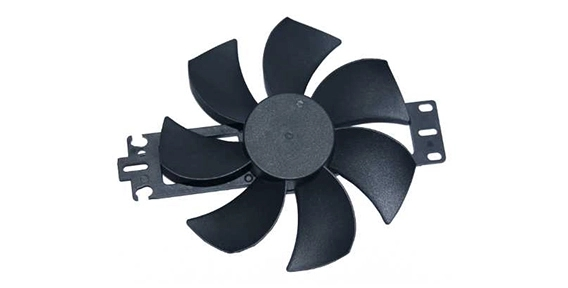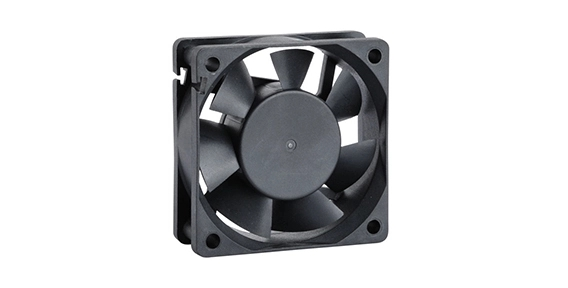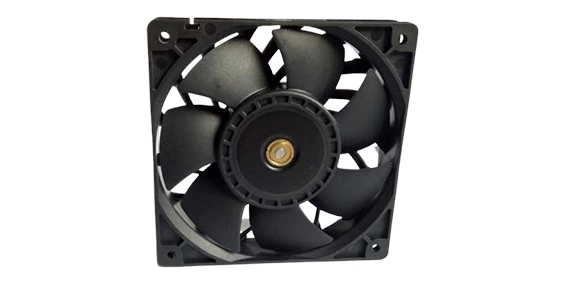Centrifugal blower fans play a vital role in various industries, including HVAC systems, manufacturing processes, and ventilation systems. However, the production and disposal of these fans can have a significant environmental impact if not managed properly. In recent years, there has been a growing concern about sustainability and reducing the environmental footprint of industrial operations. This article aims to explore the environmental impact of centrifugal blower fan production and suggest strategies for minimizing this impact.
Tracing the Environmental Impact of Centrifugal Blower Fan from Raw Materials to Finished Blower Fans
The production of centrifugal blower fans involves various stages, starting from the extraction of raw materials to the manufacturing and eventually the disposal or recycling. Each stage has its own environmental consequences. For instance, the extraction of metals, such as aluminum and steel, for the fan components can lead to habitat destruction, soil erosion, and water pollution.
The manufacturing process itself contributes to environmental impact through energy consumption, emissions, and waste generation. Energy-intensive processes and the use of fossil fuels in manufacturing result in greenhouse gas emissions, contributing to climate change. Moreover, the disposal of waste materials, such as plastic and metal scraps, can lead to landfill pollution and soil contamination.
Recycling and Reuse Strategies in Centrifugal Blower Fan Production
To address the environmental impact of centrifugal blower fan production, recycling and reuse strategies can be implemented. Recycling allows the recovery of valuable materials, such as metals, plastics, and electronic components, from discarded or obsolete fans. This reduces the need for new raw material extraction and helps conserve natural resources. Additionally, recycling helps to minimize waste generation and landfill space requirements.
Another strategy is the promotion of reuse. Fans that are still functional but no longer needed can be refurbished and sold as refurbished units. This not only extends the life cycle of the fan but also reduces the demand for new production, consequently lowering the environmental impact associated with manufacturing. Reuse also reduces the amount of waste generated and conserves resources.

Strategies for Minimizing Environmental Impact in Centrifugal Blower Fan Production
In addition to recycling and reuse, other strategies can be employed to minimize the environmental impact of axial cooling fan production. Firstly, optimizing the design of the fans can lead to more energy-efficient models, thereby reducing energy consumption during their operation. This includes the use of high-efficiency motors, aerodynamic blade designs, and advanced control systems.
Furthermore, adopting sustainable manufacturing practices can significantly reduce the environmental impact. This includes using clean energy sources, implementing efficient waste management systems, and adopting water-saving measures. By reducing energy consumption and emissions during the manufacturing process, the overall environmental footprint of the fan production can be minimized.
Lastly, companies can prioritize the use of eco-friendly materials and components in centrifugal blower fan production. This includes choosing materials that are recyclable, biodegradable, and have a lower carbon footprint. Additionally, the use of environmentally friendly manufacturing processes, such as water-based coatings and adhesives, can further reduce the impact on the environment.
As the demand for centrifugal blower fans continues to rise, it is crucial to prioritize environmental impact and sustainability in their production. By tracing the environmental impact from raw materials to finished products, implementing recycling and reuse strategies, and adopting measures to minimize environmental impact, the production of centrifugal blower fans can become more sustainable. It is essential for manufacturers, policymakers, and consumers to collaborate and make conscious choices that prioritize the environment in order to ensure a greener future for the industry.


 EN
EN 

 +
+
 +
+
 +
+



